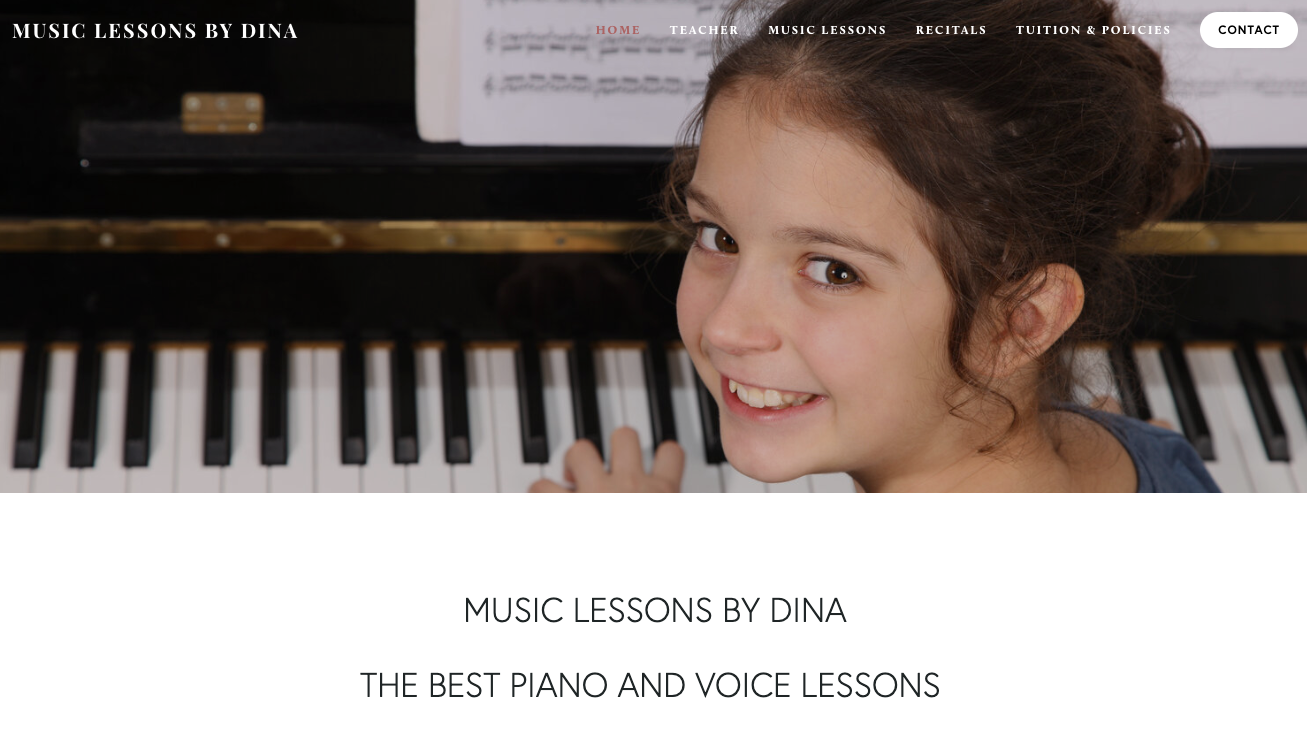Singing is an art that requires not only talent but also proper training and guidance. Whether you’re an aspiring vocalist or a seasoned singer looking to improve your skills, finding the right singing lessons can be a game-changer. Clovis, California, is home to a vibrant music scene, and there are plenty of excellent singing lessons available in the area. But with so many options, it can be overwhelming to know where to start.
In this article, we’ve compiled a list of the 10 best singing lessons near Clovis, California. We’ve taken into consideration factors such as the experience and qualifications of the instructors, the quality of the facilities and equipment, and the overall student satisfaction.
Our list includes a variety of singing lessons, from group classes to private lessons, for beginners and advanced students alike. We’ve also included lessons that specialize in different genres of music, from classical to contemporary, so you can find the one that suits your style.
By taking the time to research and invest in the right singing lessons, you can develop the skills and confidence to become the best singer you can be. So, let’s dive into the list and find the perfect singing lessons for you!
1. Music Lessons by Dina – Clovis

Website: https://www.musiclessonsbydina.com/
Address: 2077 N Phillip Ave, Clovis, CA 93619, United States
Music Lessons by Dina is a popular choice for singing lessons in Clovis, California. The studio is owned and operated by Dina, an experienced music instructor who has been teaching for over 20 years. Dina offers a range of music lessons, including voice, piano, guitar, and ukulele. Her singing lessons are tailored to meet the individual needs and goals of each student, whether they’re looking to improve their technique, build confidence, or prepare for an upcoming performance.
The studio is conveniently located in Clovis and features state-of-the-art equipment and comfortable practice spaces. Dina is known for her patient and encouraging teaching style, and her students rave about her ability to bring out their best singing voices. Music Lessons by Dina is an excellent option for anyone looking for high-quality singing lessons in a friendly and supportive environment.
“Tips for Learning How to Sing”
Singing is a form of self-expression that has been enjoyed by people for centuries. It is an art form that allows you to communicate your emotions and thoughts through the power of your voice. But what exactly is your singing voice, and how do you find it?
Your singing voice is the unique sound produced by your vocal cords. Each individual has a distinct sound that is influenced by their vocal cords’ shape and size, as well as their style and technique. Finding your voice means discovering the sound that feels most natural and comfortable for you and learning how to use it to express yourself.
There are many different singing styles and genres, each with its unique techniques and characteristics. Exploring these different styles can help you find your voice and develop your own unique sound.
Pop Singing
Pop singing is one of the most popular and mainstream singing styles. It is characterized by catchy melodies, upbeat rhythms, and lyrics that are easy to remember. Pop singers use a lot of vibrato and breathiness in their singing, and they often employ a wide range of vocal techniques to create dynamic and exciting performances.
One of the key elements of pop singing is the ability to connect with the audience emotionally. Pop singers often use their body language and facial expressions to convey the meaning of their songs, creating a more immersive experience for their listeners.
Rock Singing
Rock singing is a high-energy, aggressive singing style that originated in the 1950s. It is characterized by powerful vocals, heavy distortion on guitars, and a driving rhythm section. Rock singers often have a raspy, gritty quality to their voices, and they use a lot of vocal fry and growling to create a raw, visceral sound.
One of the most important aspects of rock singing is the ability to maintain vocal control and endurance. Rock singers need to be able to sustain long, high notes without straining their vocal cords, and they need to have the stamina to perform for long periods without getting fatigued.
Jazz Singing
Jazz singing is a highly improvisational style that is characterized by complex melodies, sophisticated harmonies, and a free-flowing rhythm. Jazz singers often use scatting, which is the use of nonsensical syllables to improvise melodies, and they employ a lot of vocal ornamentation, such as trills and runs.
Jazz singers need to have a strong sense of rhythm and a deep understanding of music theory. They also need to be able to convey the emotion and feeling of a song without relying on lyrics alone.
Classical Singing
Classical singing is a highly technical singing style that is characterized by precise intonation, clear diction, and a strong sense of phrasing. Classical singers need to have a deep understanding of music theory and a high level of vocal control to perform at a professional level.
Classical singing is often associated with opera and art songs, and it requires a lot of practice and discipline to master. Classical singers often use a lot of vibrato, and they need to be able to sustain long, powerful notes without losing their breath control.
R&B Singing
R&B singing is a highly emotive style that is characterized by soulful vocals, strong rhythms, and rich harmonies. R&B singers often use a lot of vocal runs and melisma, which is the use of multiple notes on a single syllable, to create a dynamic and expressive performance.
One of the key elements of R&B singing is the ability to convey emotion through your voice. R&B singers often sing about love, heartbreak, and other deep emotions, and they need to be able to connect with their audience on a personal level.
Country Singing
Country singing is a highly emotive style that is characterized by twangy vocals, acoustic instrumentation, and storytelling lyrics. Country singers often use a lot of vibrato and nasal inflections in their singing, and they employ a lot of vocal ornamentation, such as yodeling, to create a distinctive sound.
One of the key elements of country singing is the ability to tell a story through your voice. Country singers often sing about love, heartbreak, and the struggles of everyday life, and they need to be able to convey the meaning and emotion of their songs in a way that connects with their audience.
Finding Your Voice
With so many different singing styles and genres to choose from, how do you find your voice? The key is to experiment and explore different styles and techniques until you find the ones that feel most natural and comfortable for you.
Start by listening to different types of music and paying attention to the way the singers use their voices. Take note of the techniques they use, such as vibrato, breathiness, and vocal runs, and try incorporating them into your own singing.
Next, practice singing different types of songs and experimenting with different vocal techniques. Try singing pop songs with breathy vocals, rock songs with a raspy voice, and jazz songs with scatting and vocal ornamentation. See which styles and techniques feel most comfortable and natural for you.
Finally, don’t be afraid to take singing lessons or work with a vocal coach. A good vocal coach can help you identify your strengths and weaknesses and provide you with the guidance and support you need to develop your voice and improve your technique.
Conclusion
Finding your voice as a singer is a journey of self-discovery and exploration. By exploring different singing styles and genres and experimenting with different techniques, you can discover the sound that feels most natural and comfortable for you and learn how to use it to express yourself.
Whether you’re drawn to the soulful vocals of R&B, the powerful vocals of rock, or the precise intonation of classical singing, there’s a style and technique out there that’s perfect for you. So keep experimenting, keep practicing, and keep exploring until you find the voice that’s uniquely yours.

